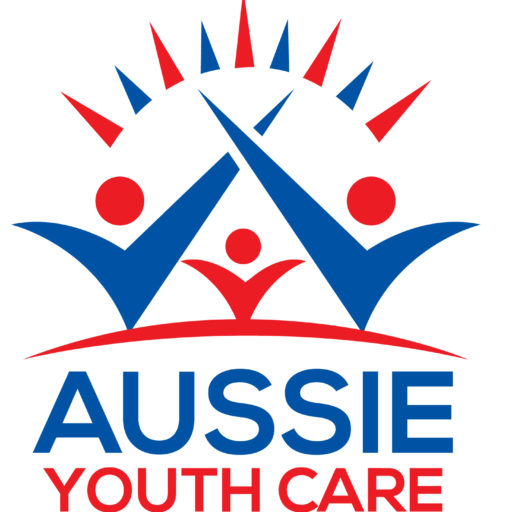Do you know if your child is a visual, auditory, or kinesthetic learner? You should take action to insure the form of learning is repeated in the classroom and during home study once you’ve found out how they learn best. The following lists will assist you in determining your child’s learning style:
Is your child a visual learner?
- Watching or reading is the most effective way to learn.
- When content is introduced and checked visually rather than verbally, you can perform well.
- Written notes, instructions, graphs, charts, maps, and pictures can all help.
- They can enjoy drawing, reading, and writing, and they are usually good spellers.
Is your child an auditory learner?
- Listening is the best way to learn.
- Perform well in lecture-based settings, as well as on oral reports and exams.
- Discussions in the classroom, spoken instructions, and study groups are all beneficial.
- May have a passion for music, languages, and performing on stage.
Is your child a kinesthetic learner?
- Doing and moving are the best ways to learn.
- They learn best when they can run, touch, explore, and build.
- Hands-on games, lab lessons, props, skits, and field trips are all beneficial.
- Sports, theatre, dance, martial arts, and arts and crafts are all possible interests.
Studying Tips for Different Types of Learners
For visual learners:
- Books, films, computers, visual aids, and flashcards can all be helpful.
- Make extensive notes that are color-coded or highlighted.
- Make a plan, a diagram, and a list.
- Make use of diagrams and sketches (preferably in color).
- In class, take careful notes.
For auditory learners:
- Read notes or study materials out loud.
- Use word associations and verbal repetition to memorize.
- Study with other students. Talk things through.
- Listen to books on tape or other audio recordings.
- Use a tape recorder to listen to lectures again later.
For kinesthetic learners:
- Get hands on. Do experiments and take field trips.
- Use activity-based study tools, like role-playing or model building.
- Study in small groups and take frequent breaks.
- Use memory games and flash cards.
- Study with music playing in the background.
If you need assistance with your child’s development, reach out to Aussie Youth Care and we’ll help you.

